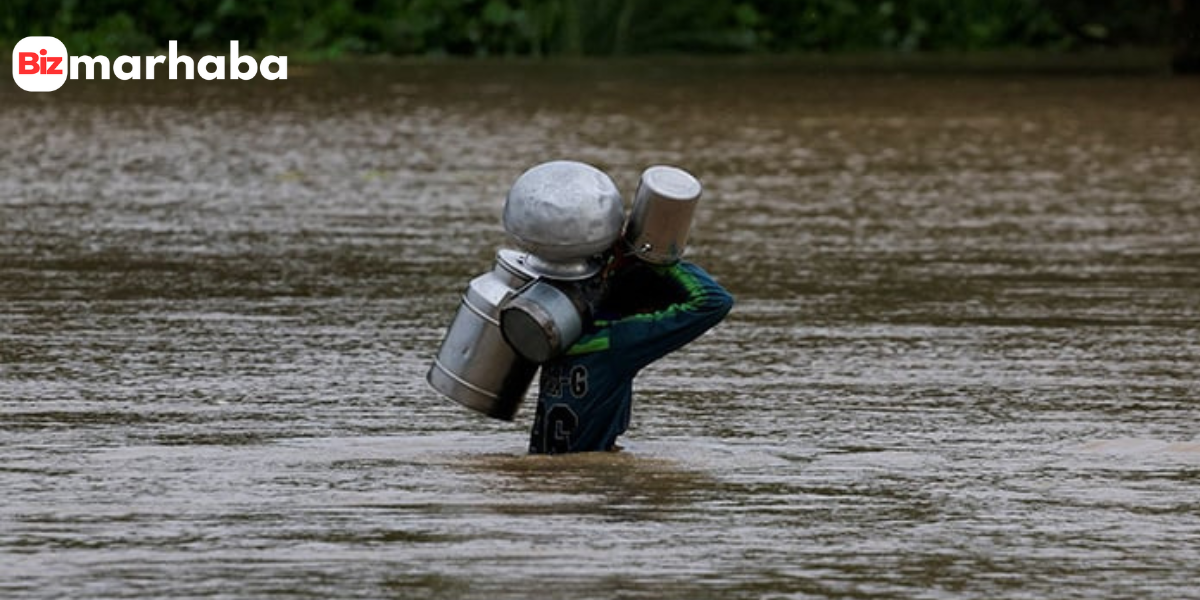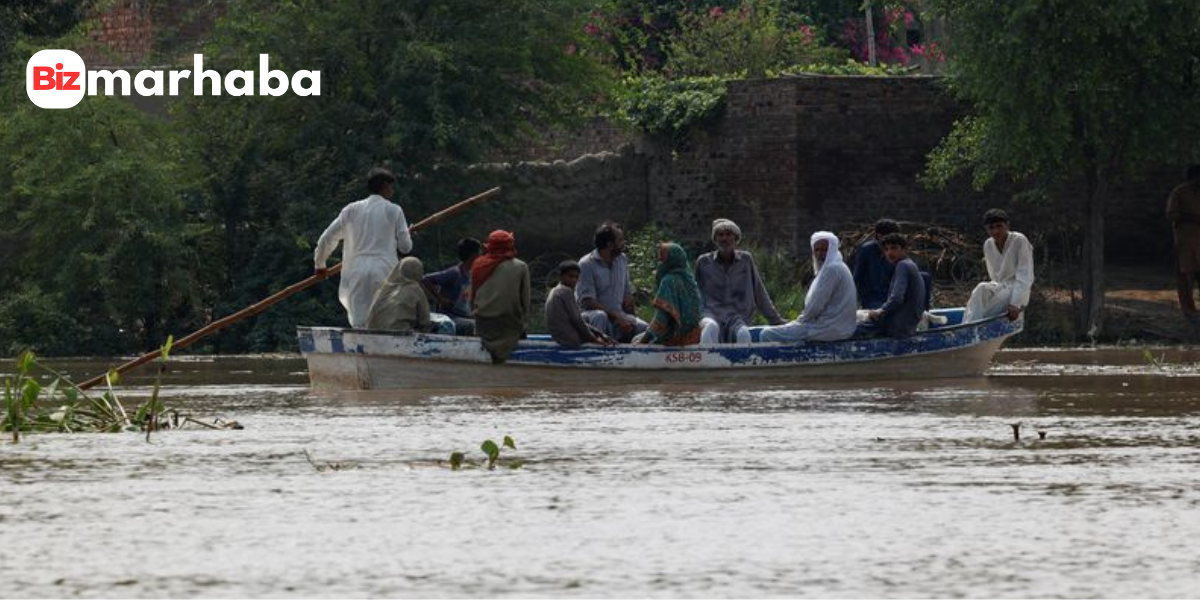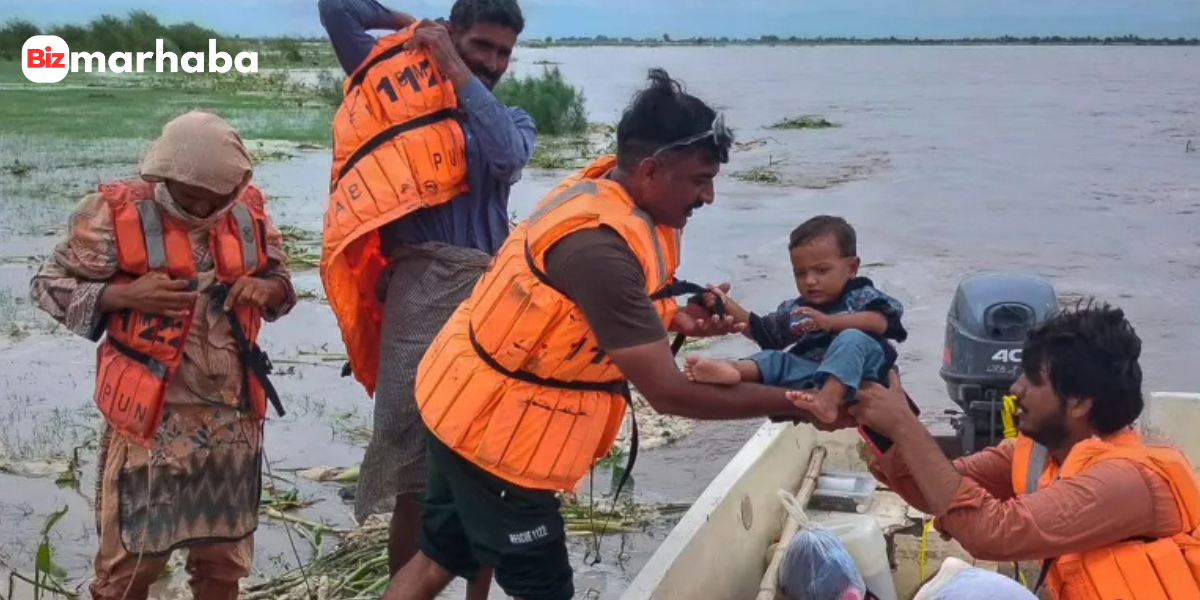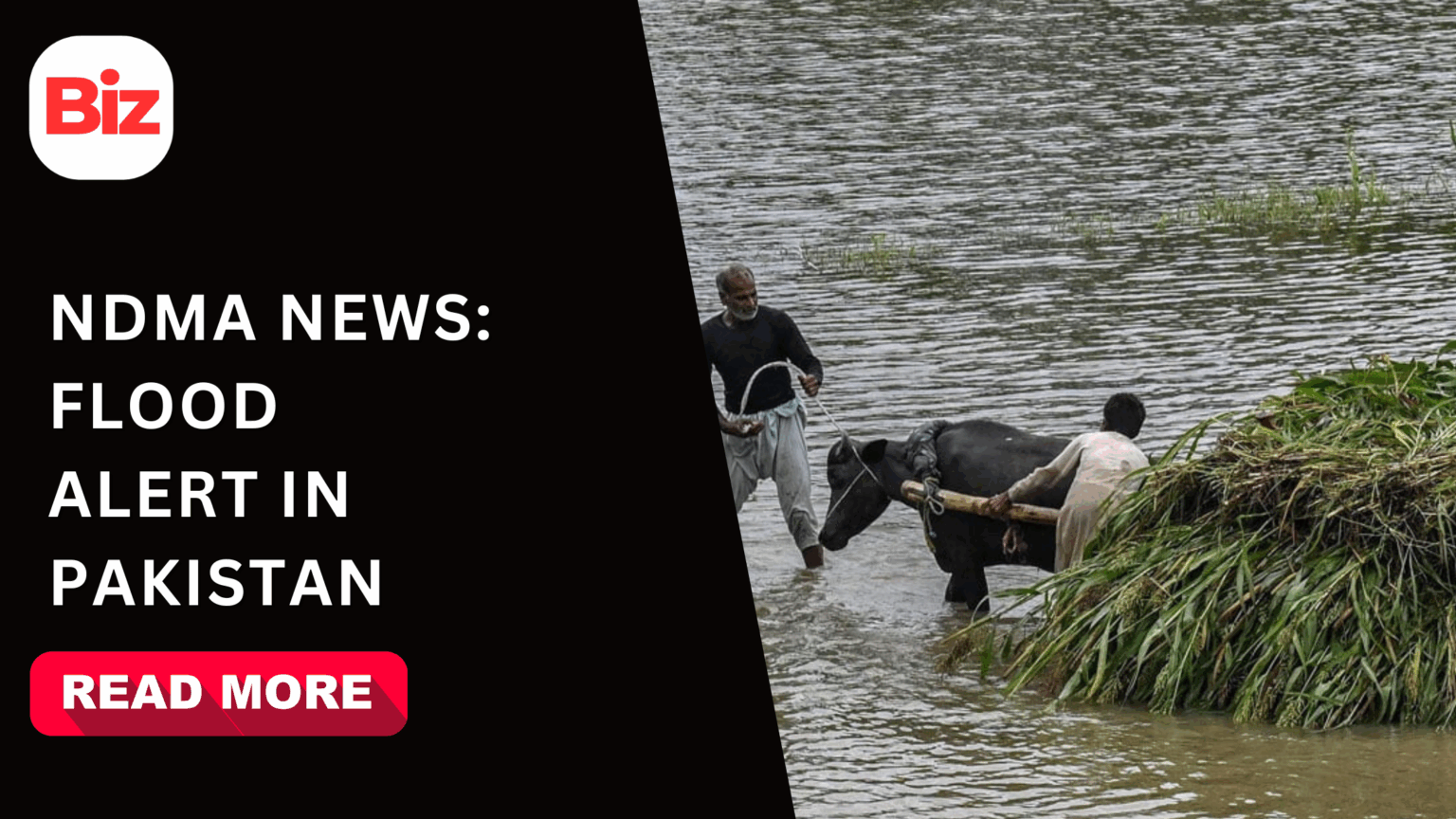India has released a large amount of water after heavy monsoon rains with the risk of floods in Pakistan as a result. The NDMA News update revealed that rivers in the state of Punjab, such as Ravi, Sutlej, and Chenab rivers are experiencing harmful levels of water. Evacuations have begun, and emergency shelters have been established to secure residents.

Water Release from Indian Dams
Indian authorities opened spillways at major dams, including the Thein Barrage on the Ravi River and structures linked to the Chenab River dam. Officials said the move was necessary to manage reservoir pressure as rainfall intensified.
The National Disaster Management Authority (NDMA) of Pakistan issued a high alert on its border districts in Punjab. Residents were advised to expect cross-border flooding particularly in low lying areas.
Evacuations in Punjab

The NDMA confirmed that more than 150,000 people have been evacuated so far. Many left their homes in Kasur, Narowal, and Bahawalnagar districts. Another 40,000 residents moved out on their own after receiving local flood warnings.
Relief camps have been established to take care of the communities in terms of shelter, food, and medication. Authorities will continue rescue efforts until water levels stabilize, they said.
Rising River Levels
River monitoring stations have reported alarming figures:
- Ravi at Jassar crossed 200,000 cusecs.
- Sutlej at Ganda Singh Wala rose to 245,000 cusecs.
- Chenab at Marala and Khanki neared 600,000 cusecs.
The flood has already washed away and destroyed embankments, flooded farms, and paralyzed roads.
Economic Impact in Punjab
Floodwaters have hit Punjab’s agricultural belt hard. Standing crops of rice, maize, and sugarcane have been submerged. Livestock losses were also reported in Narowal and Kasur, where many farmers could not relocate their cattle in time.
Road and power infrastructure have suffered serious damage. Local officials estimate losses in billions of rupees if high water levels continue. Since Punjab contributes the largest share of Pakistan’s agriculture, food supply, and prices may be affected nationwide.
Northern Regions at Risk
In Gilgit-Baltistan, heavy rainfall triggered landslides and created a glacial lake outburst risk. Experts warned that if the lake bursts, it could worsen the already high river flows downstream in Punjab.
Diplomatic Angle
India issued warnings to Pakistan of doing so prior to the release of the water, but has not done so in a formal way, using the Indus Waters Treaty as a means of doing this. This has been a historic worry for Islamabad, which has raised concerns about the way India operates its upstream dams and reservoirs.
The new offering pushed water-sharing between the two nations back into the limelight again. The trends of the rising river flow in every monsoon fuel old debates. Pakistan holds that sudden water releases increase the chances of flooding, yet India claims that it must release its dams to avoid lasting harm.
According to the officials in Islamabad, the situation is being monitored closely and they may raise the issue at the diplomatic level in case losses are compounded. The analysts caution that the conflicts do not only toll on the management of the river, but also exert pressure on broader relationships that are already in deep trouble concerning the trade, security, and regional relations as well.
NDMA Response
The National Disaster Management Authority (NDMA) is coordinating rescue and relief. Updates are available on the NDMA official website.

Teams from the military and local administrations are supporting evacuations and aid distribution.
For background on earlier preparedness efforts, see the previous flood alert report.
Background on Chenab River
The total length of Chenab River is about 960 kilometers, starting in Himachal Pradesh, India, and flowing into Pakistan’s Punjab. Its key tributary is the Jhelum—the river which joins Chenab in Pakistan.
The depth of Chenab River varies across regions but can exceed 30 feet in flood-prone zones. This increases risks of embankment breaches during heavy inflows.
Concerns over the dam on River Chenab remain central to flood management and water disputes between India and Pakistan.
Current Outlook
Flood levels remain critical. NDMA has requested people not to go home until safety has been confirmed. The situation is under observation on the Ravi, Sutlej, and Chenab rivers, and more advisories can be expected in the future.
The NDMA News update stressed that the situation is evolving and called on communities to follow official instructions closely.








